Resources
These resources can help you adapt your property to a wide variety of challenges and increase climate resilience.
The resources below will continue to be updated as new information and technologies become available.
Guidelines for NSW controlled activity approvals can be found here, including in-stream works, laying pipes and cables, outlet structures, riparian corridors, vegetation management and watercourse crossings. Get in touch with your local Project Officer with questions on how to carry out these actions on your property – details further below.
Search by keywords below, or select a tab to filter resources by category:
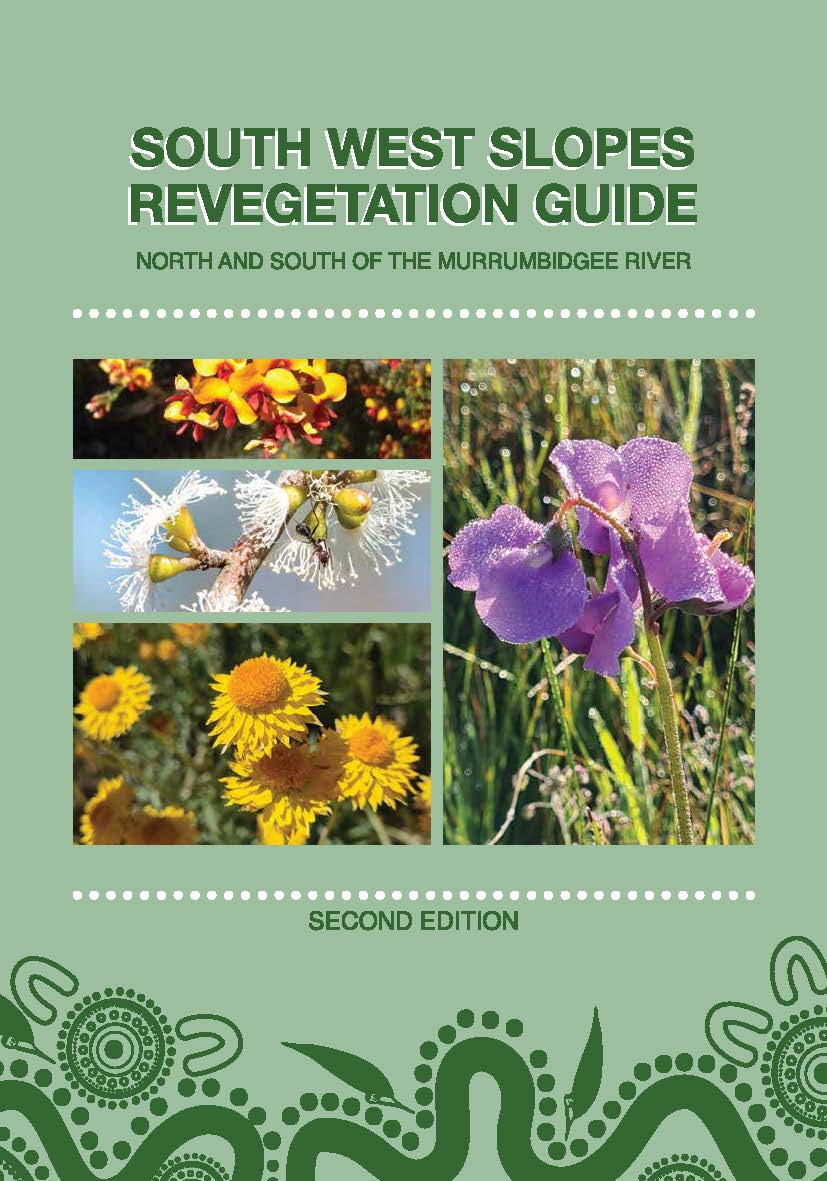
South West Slopes and Riverina Revegetation Guides
The South West Slopes and Riverina Revegetation Guides can help farmers and their advisors understand the complexity of managing and increasing vegetation on the farm, help the planning process, and ultimately result in more restored landscapes.
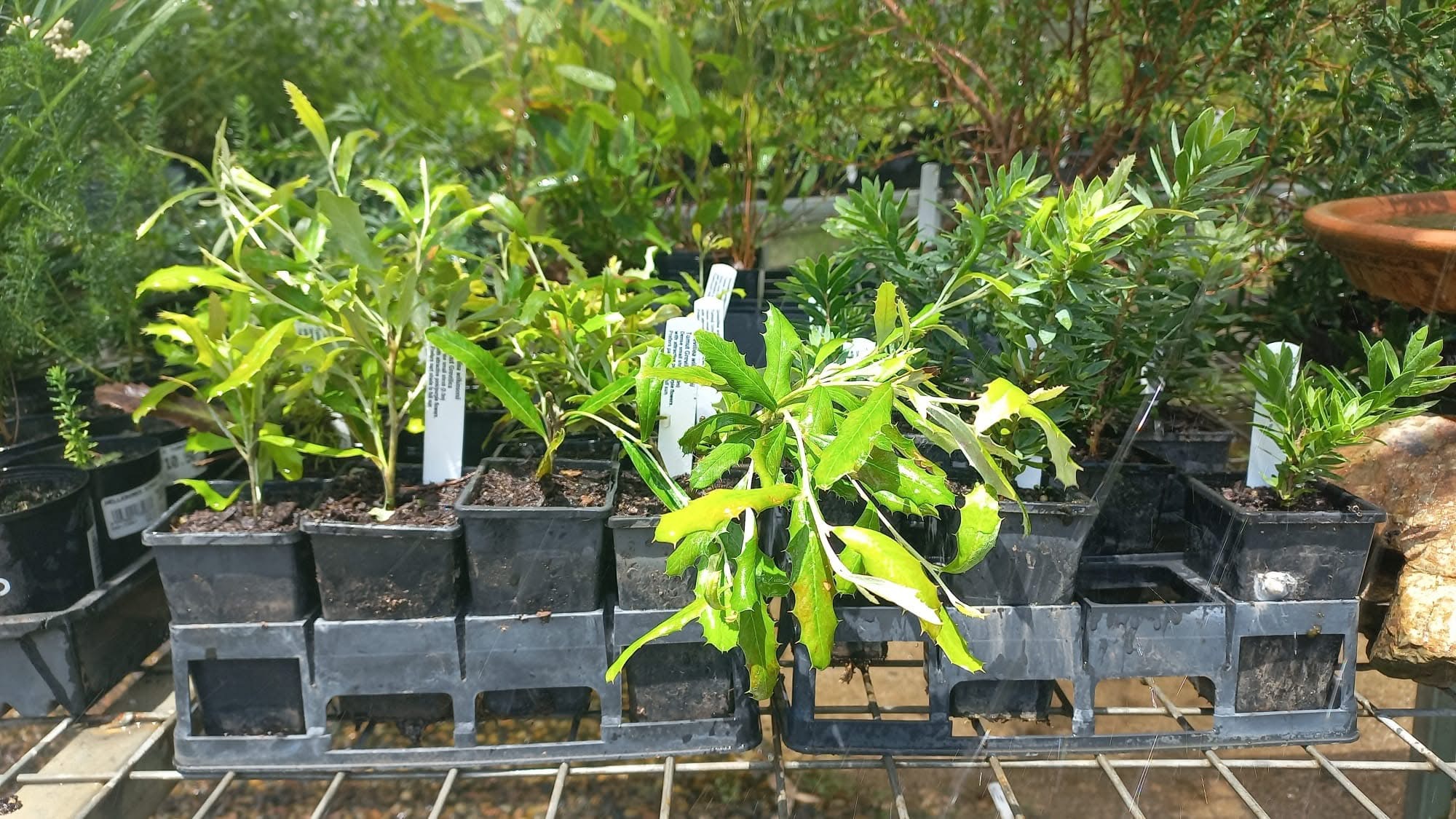
Refreshing Rivers Wetland Revegetation Species List
The Seed Services Team at Murray Local Land Services have worked with Refreshing Rivers to create an emergent and submergent plant species list for each of the Refreshing Rivers Catchments and also a list of emergent and submergent plants, including propagation and sourcing notes.
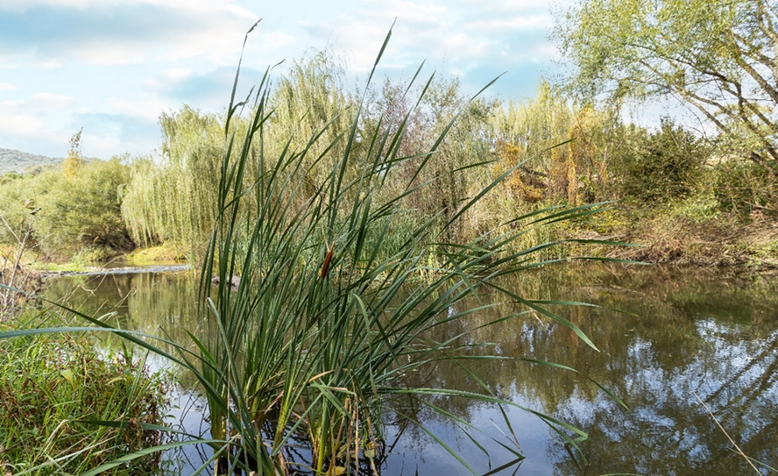
Low-Cost Solutions to Enhance Your Waterways
Refreshing Rivers
Native vegetation around creeks, rivers, wetlands, and farm dams plays a powerful role on farms—filtering pollutants, reducing erosion, providing wildlife habitat, and supporting livestock, and can even hold deep cultural significance. But what if fencing isn’t an option before revegetating?

Discover the Natural Value of your land
Refreshing Rivers
A Natural Capital Profile (NCP) is a document that helps you to understand the natural assets on your farm. It compiles information on historical, current, and potential future states of your farm’s natural capital.
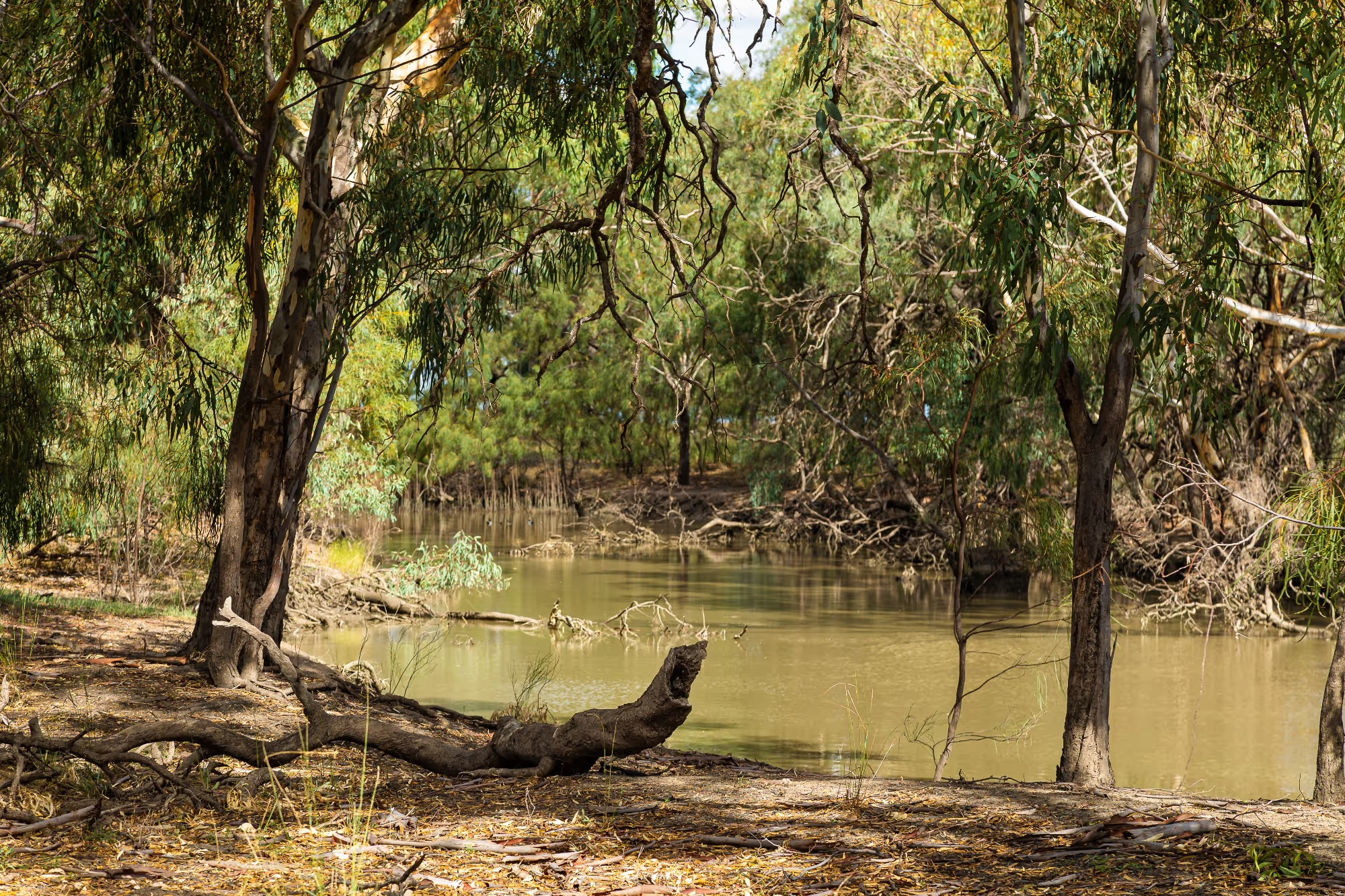
Aboriginal heritage information management system
New South Wales Government
Search the Aboriginal Heritage Information Management System (AHIMS) which holds over 100,000 records and information about Aboriginal Places, objects and other significant sites.
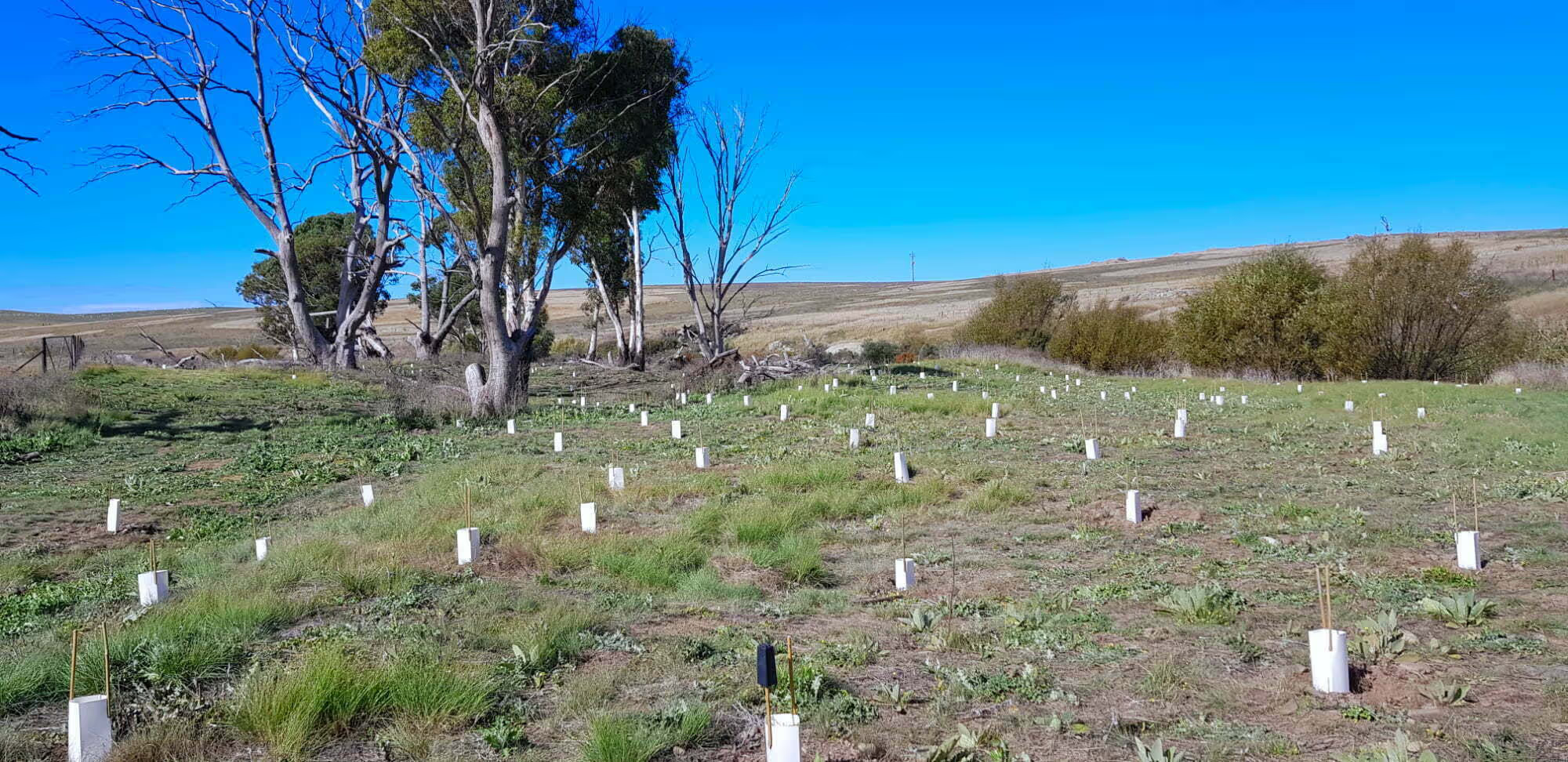
Trading carbon
Rivers of Carbon
Rivers of Carbon encourages landowners to take advantage of the incentives available to revegetate for carbon sequestration, along with the other ecosystem services riparian areas provide.
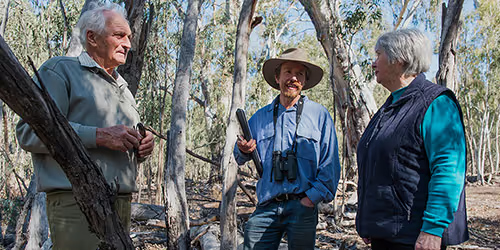
Natural Capital Service Finder
New South Wales Local Land Services
Our natural capital service finder helps farmers and land managers navigate these new opportunities and risks, and make the best decisions for their properties and enterprises.

Natural capital, environmental services and more explained
New South Wales Local Land Services
This factsheet introduces natural capital, environmental services and other related terms, and how they relate to environmental markets.
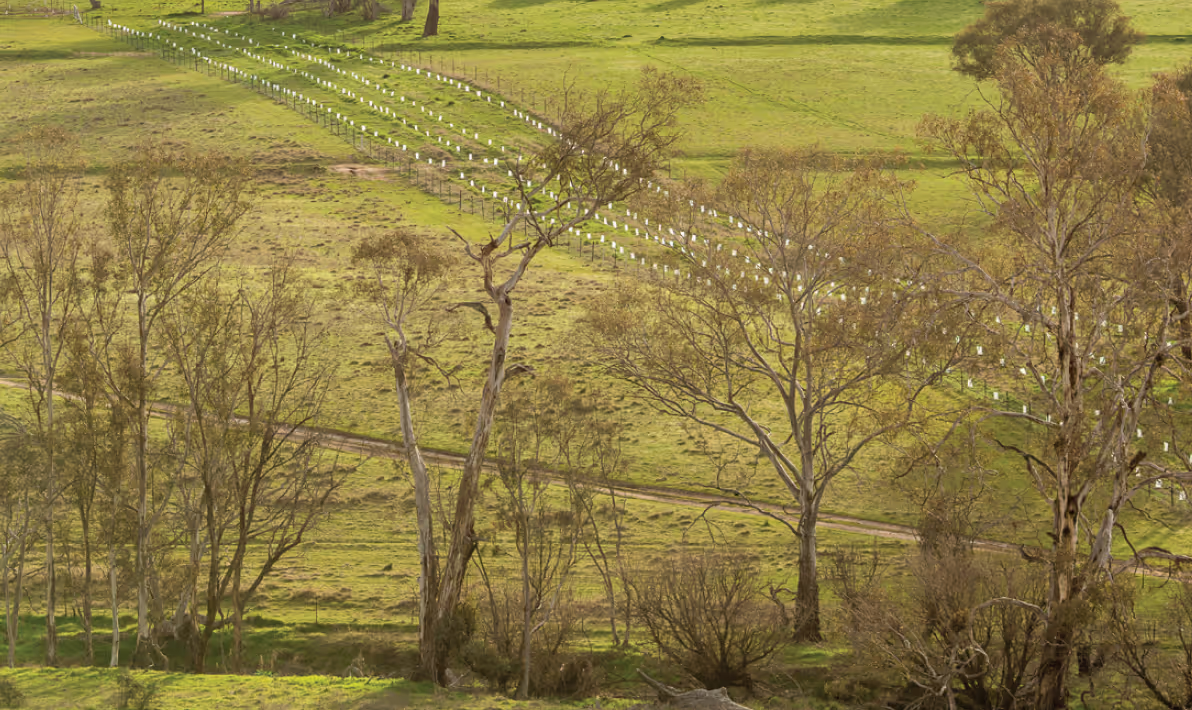
Natural capital benefits and risks for landholders
New South Wales Local Land Services
This factsheet introduces environmental markets and some of the benefits and risks for landholders and support you to make the best choice for you and your business.
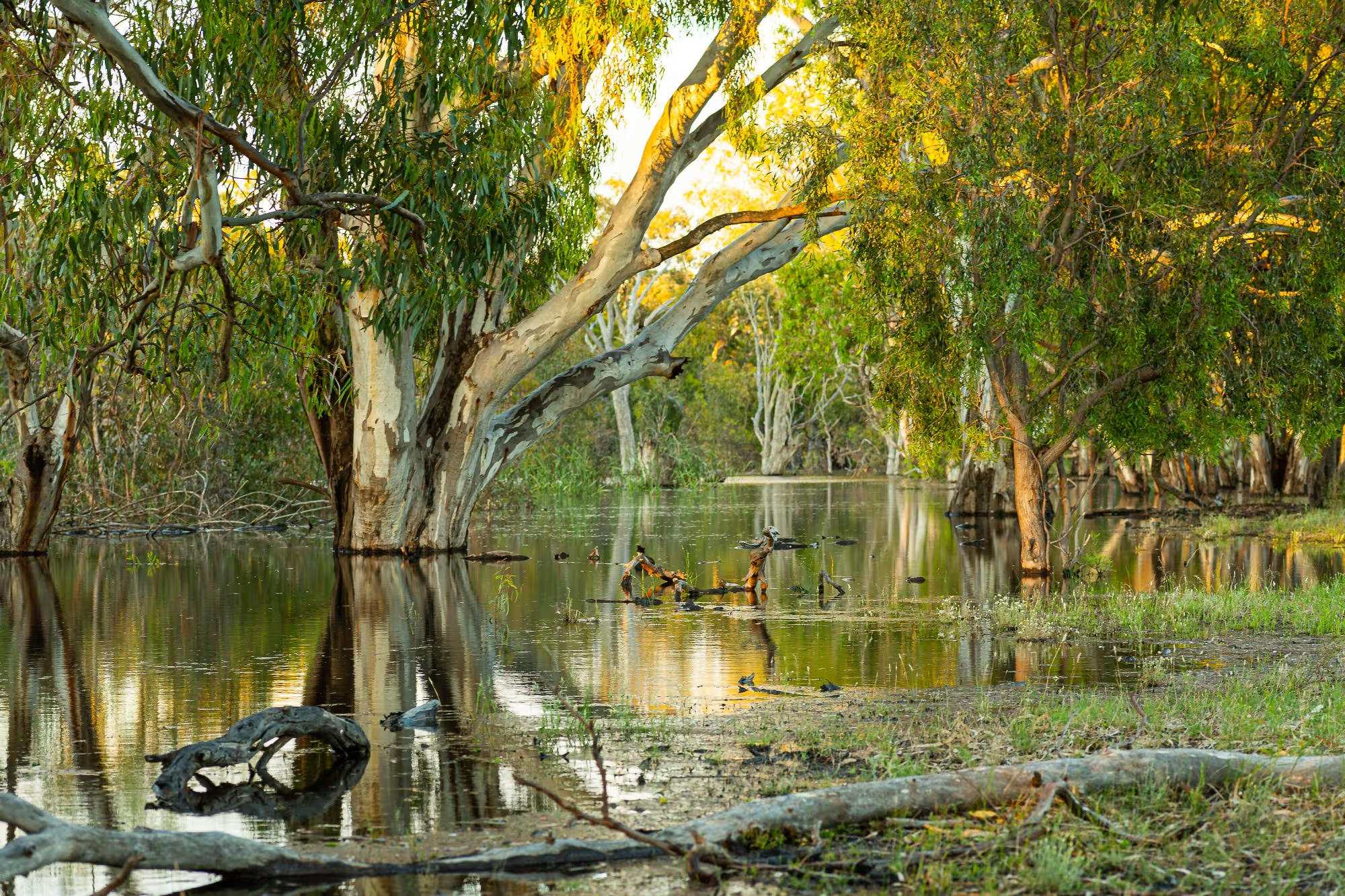
Natural capital opportunities for NSW Landholders
New South Wales Local Land Services
Environmental markets are a way for you, as a landholder, to receive financial returns for your investment in natural capital and environmental services. This factsheet introduces environmental market opportunities and how you can access them, to help you to make the best choice.
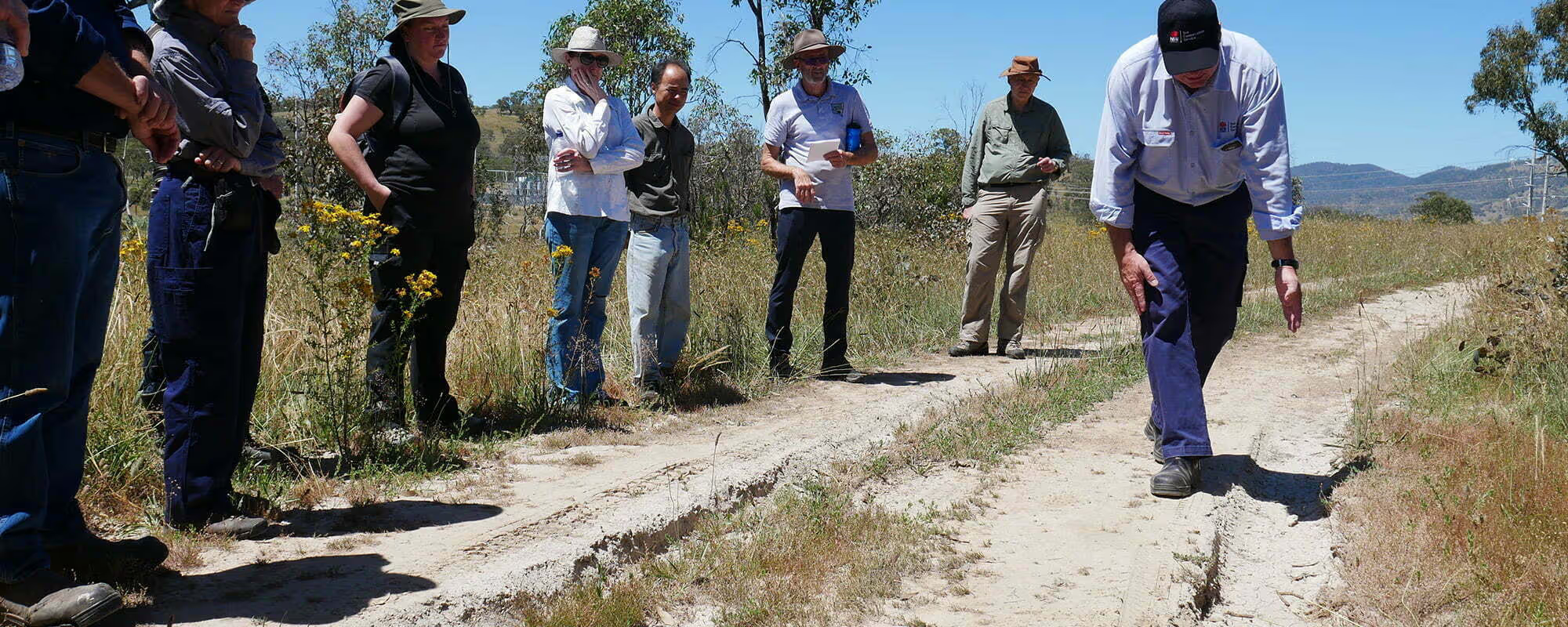
Improving farm roads and tracks to withstand erosion
Rivers of Carbon
Unsealed roads and tracks are essential to get around on your property, yet a track that is continually washing out costs time and money to fix, not to mention the wear and tear on vehicles.
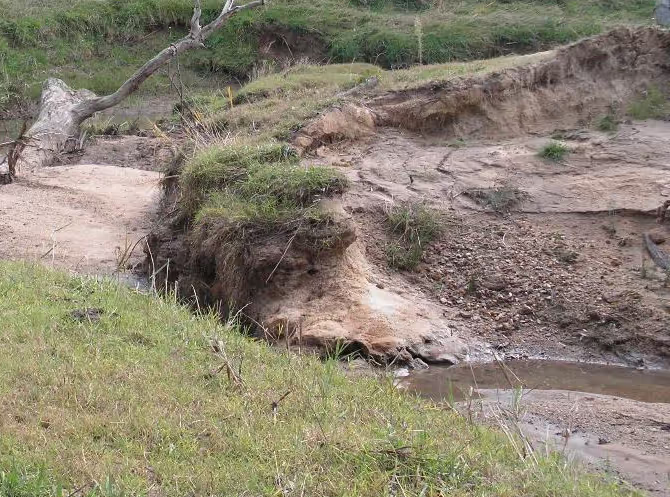
Stream bank erosion
Holbrook Landcare Network
This document explains stream bank erosion causes (e.g., flow redirection, vegetation removal) and suggests mitigation strategies like maintaining groundcover, fencing watercourses, and implementing diversion techniques.
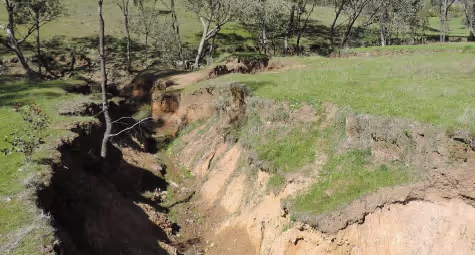
Erosion on farms
Holbrook Landcare Network
Understand the different types of erosion in farming landscapes and the indicators of erosion, as well as how to prevent them.

Gully Erosion
Holbrook Landcare Network
Understand gully erosion in the farming landscape and learn critical information about how to prevent and repair it.
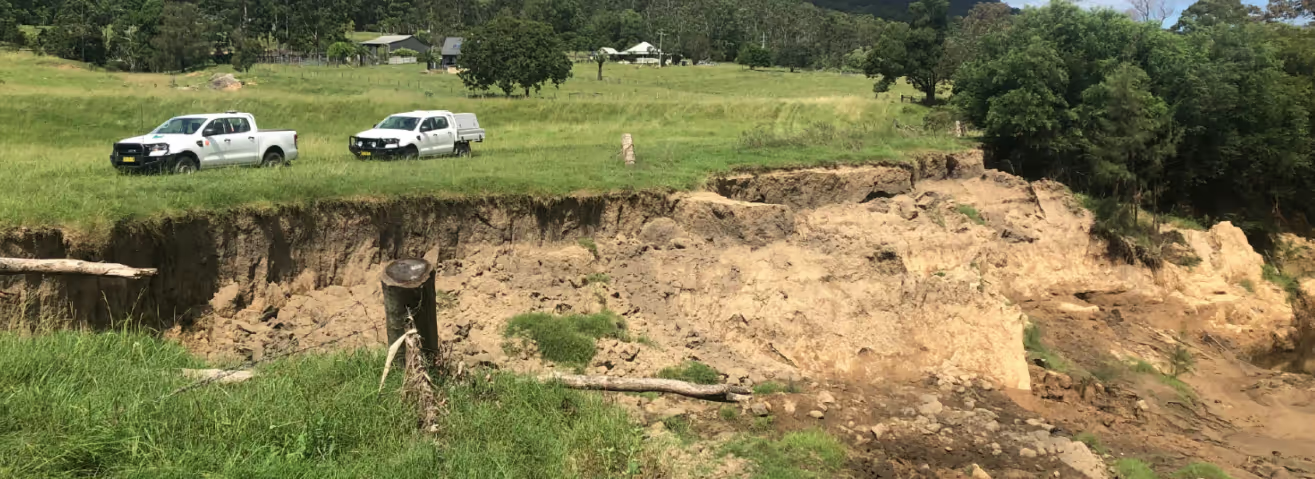
Fact sheet: Managing erosion before or after floods
New South Wales Local Land Services
This fact sheet focuses on managing erosion before and after floods, with a focus on protecting riverbanks and riparian zones.

Managing Box elder around waterways
Rivers of Carbon
This guide has been prepared to assist landholders and catchment managers to manage Box elder in riparian (riverside) situations so that together we can protect and improve the health of our waterways.
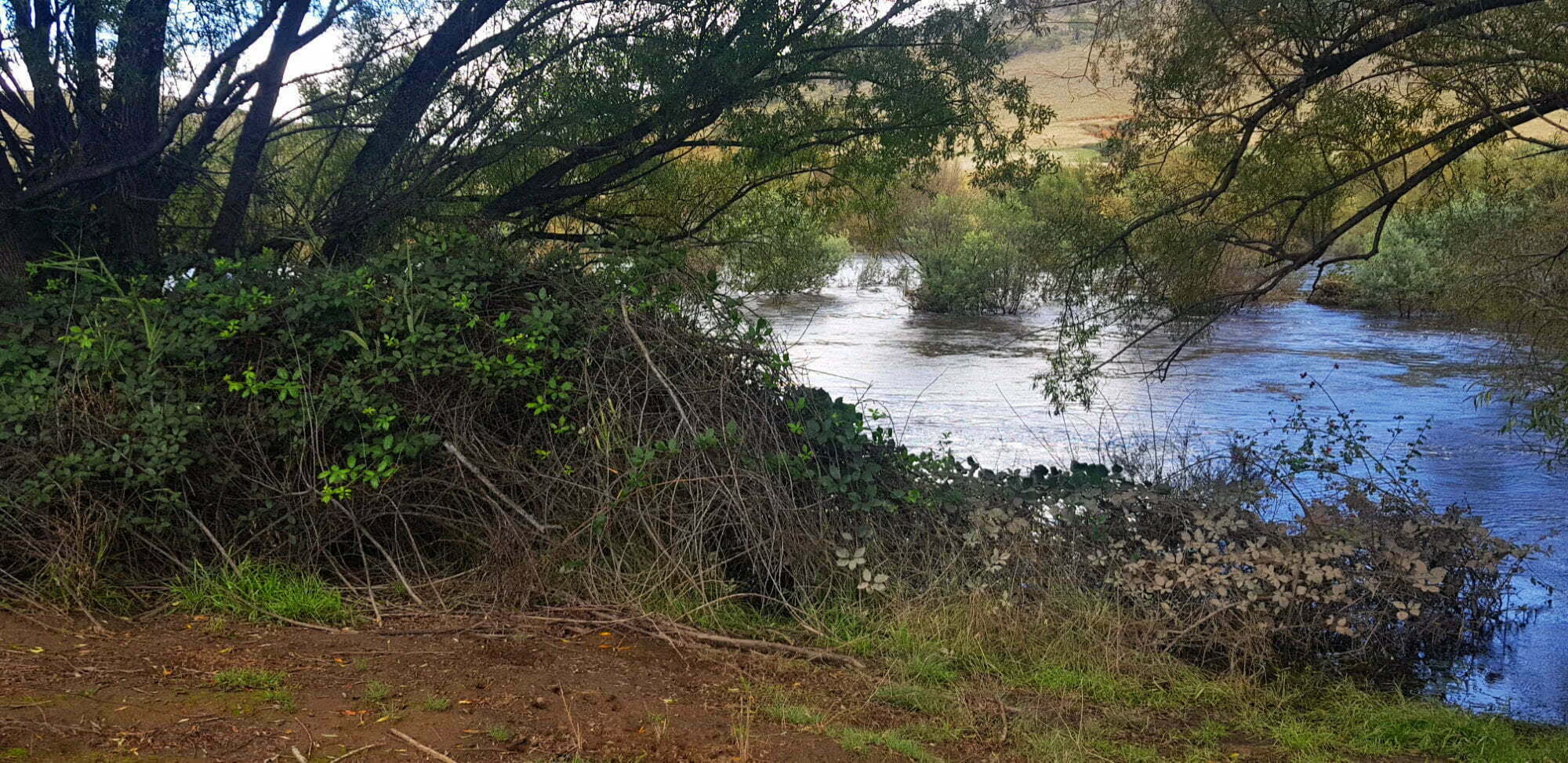
Managing Blackberries
Rivers of Carbon
Blackberries are an invasive species and negatively impact Australian native ecosystems. They can have a large impact on primary industries making grazing and cropping difficult with large infestations, and can also become a hazard during natural disasters.
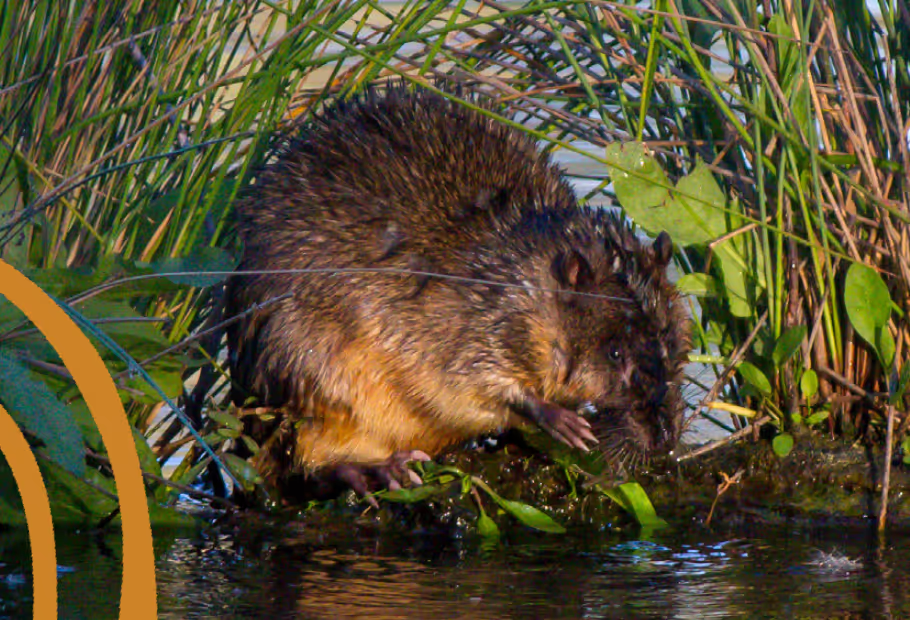
We're collecting environmental DNA in your area
Refreshing Rivers
Environmental DNA (eDNA) is a method for identifying some of the species we share our waterways with. It is simple, effective and it does not disrupt or harm the environment.
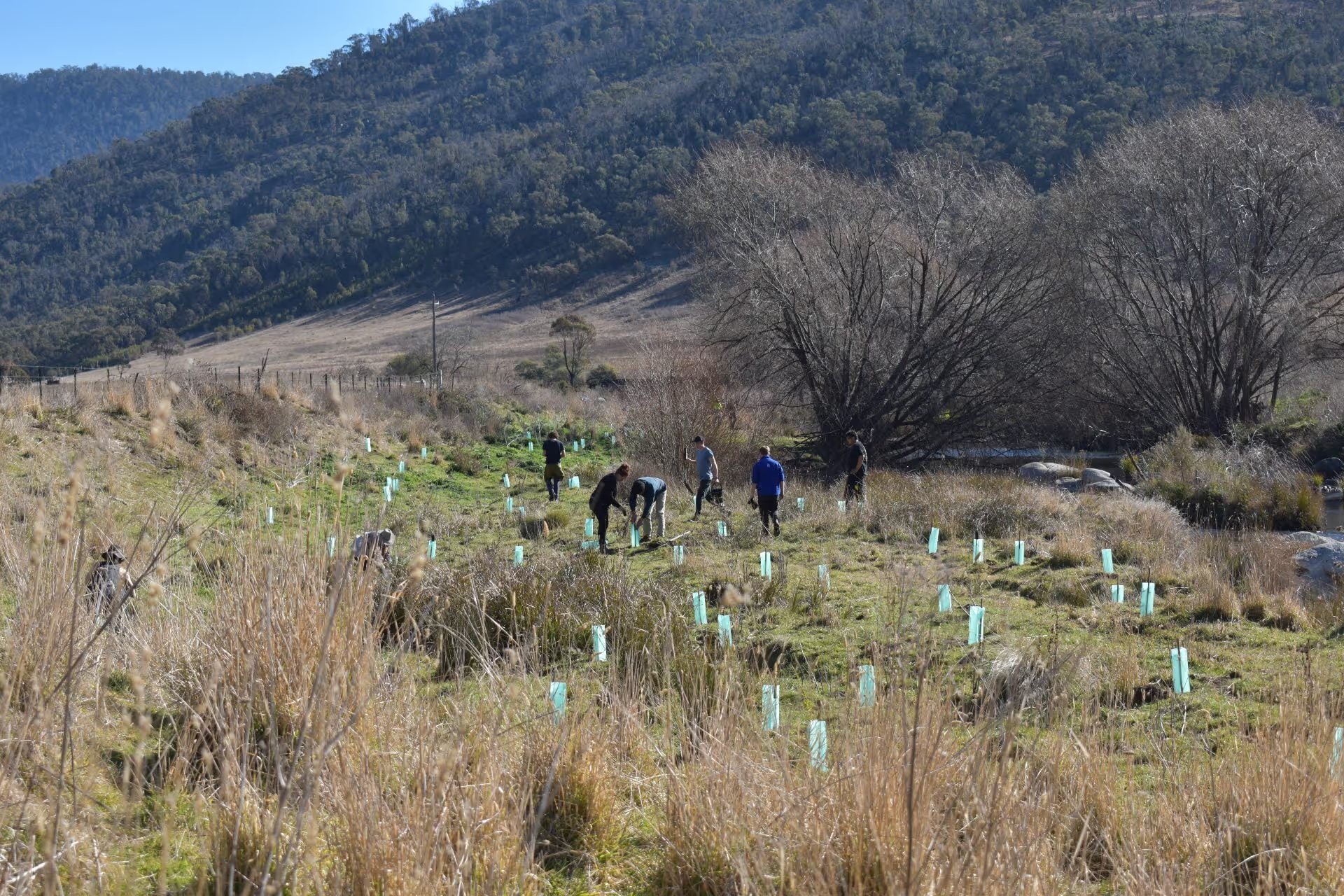
Riparian management tubestock guide
Rivers of Carbon
Rivers of Carbon has developed this Tubestock Guide to answer common questions and concerns about planting tubestock, including about riparian area condition assessments, maintenance, choice of tubestock, and more.
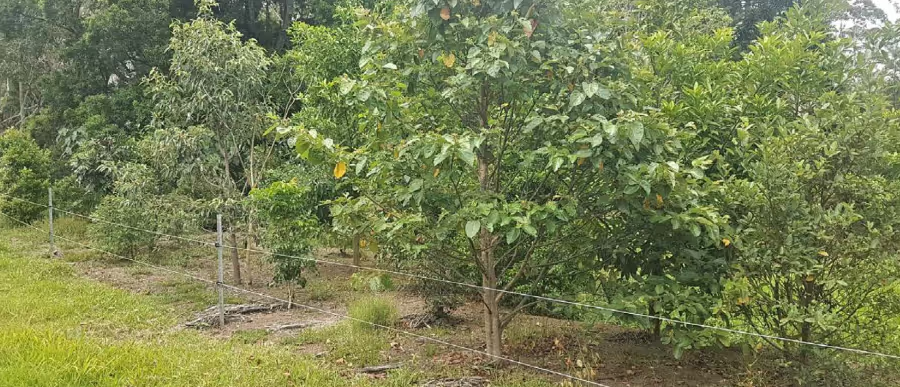
Revegetation and planting tips and tricks
Murray Local Land Services
This fact sheet provides tips and tricks for revegetation and planting in riparian zones, including information about site preparation, species selection, maintenance and more.

Respecting river diversity (understanding different types of rivers)
Australian River Restoration Centre
Within Australia, there is an enormous diversity of rivers. The images below are just a few examples, demonstrating the range of forms and features that make up rivers on this continent. This diversity is what makes each river so special and worth valuing.
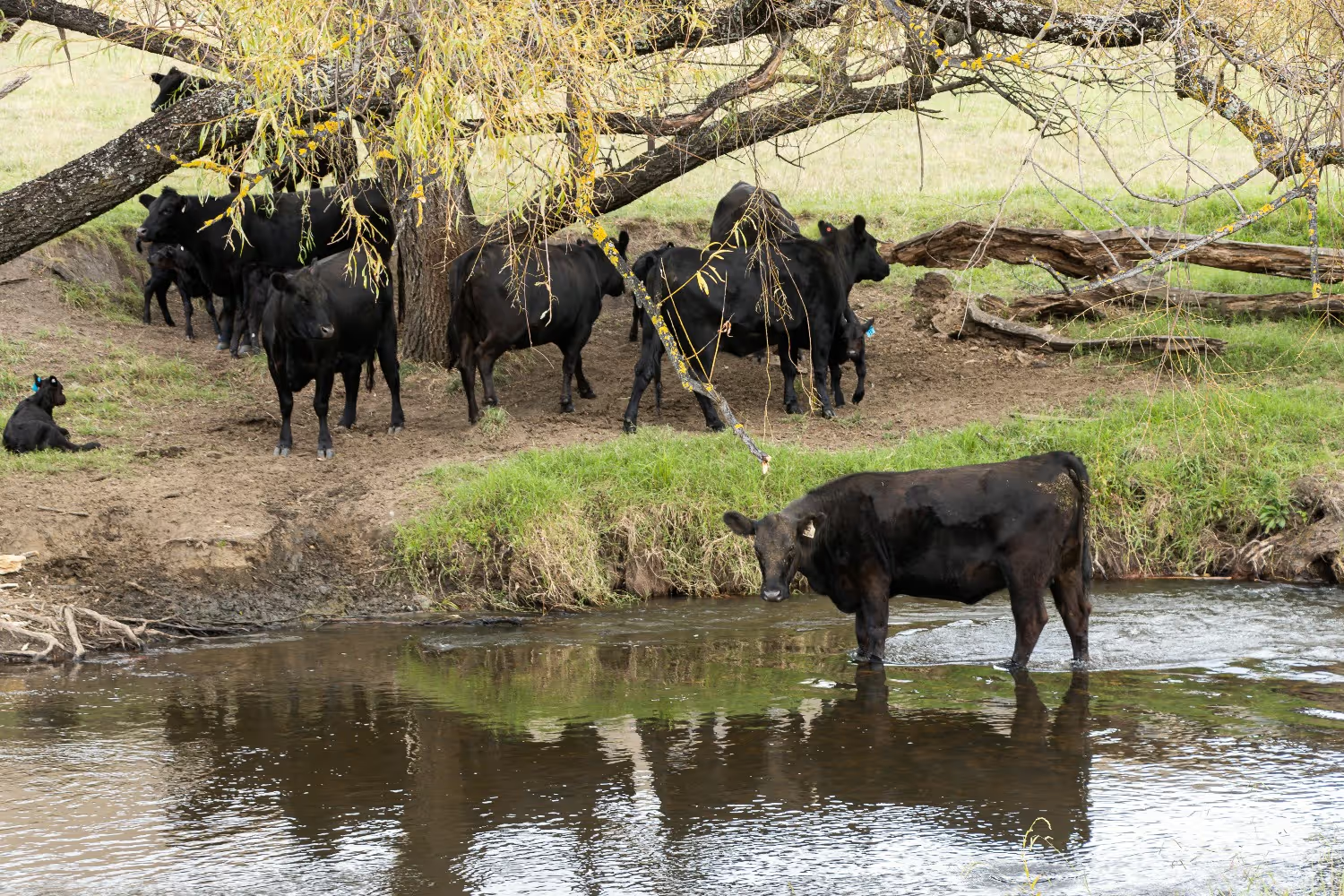
Water for livestock: interpreting water quality tests
NSW Department of Primary Industries
This Primefact highlights the essential factors to consider when assessing the suitability of a water source for livestock, including pH, salinity, and chloride levels.
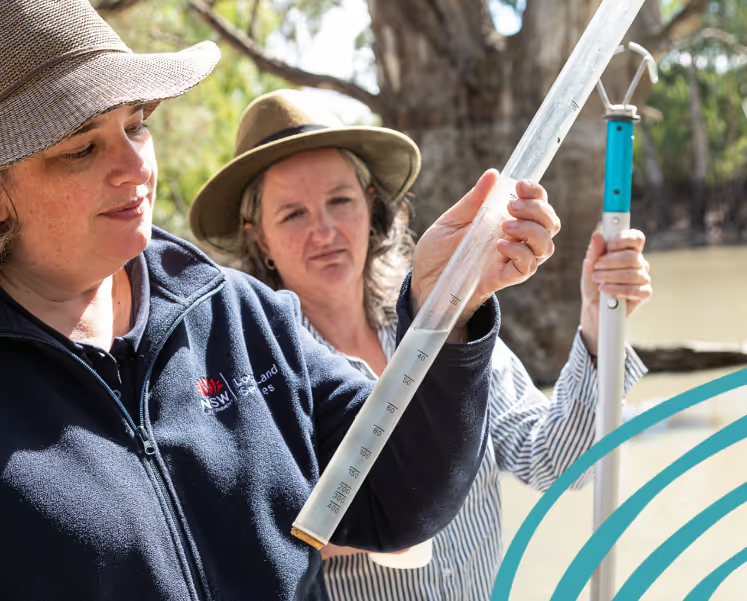
We're monitoring water quality in your area
Refreshing Rivers
We are monitoring key components of water quality across the sub-catchment, to check for changes over time. This will help us see if what we are doing to improve the health of our waterways is working.
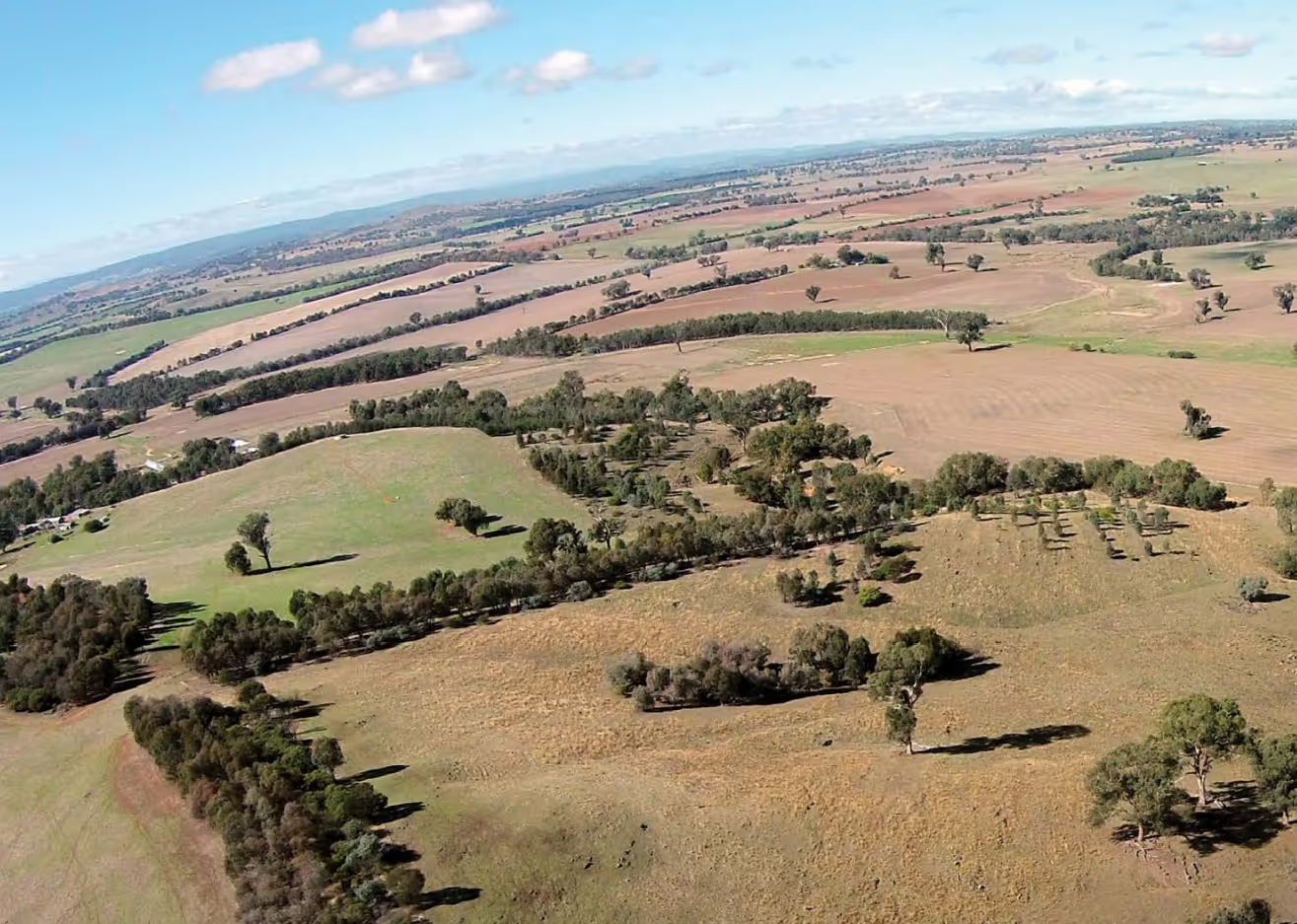
Ten ways to improve the natural assets on a farm
ANU Sustainable Farms
This booklet is designed as an introduction to caring for on-farm natural assets such as native vegetation, paddock trees, rock outcrops, dams and riparian areas.
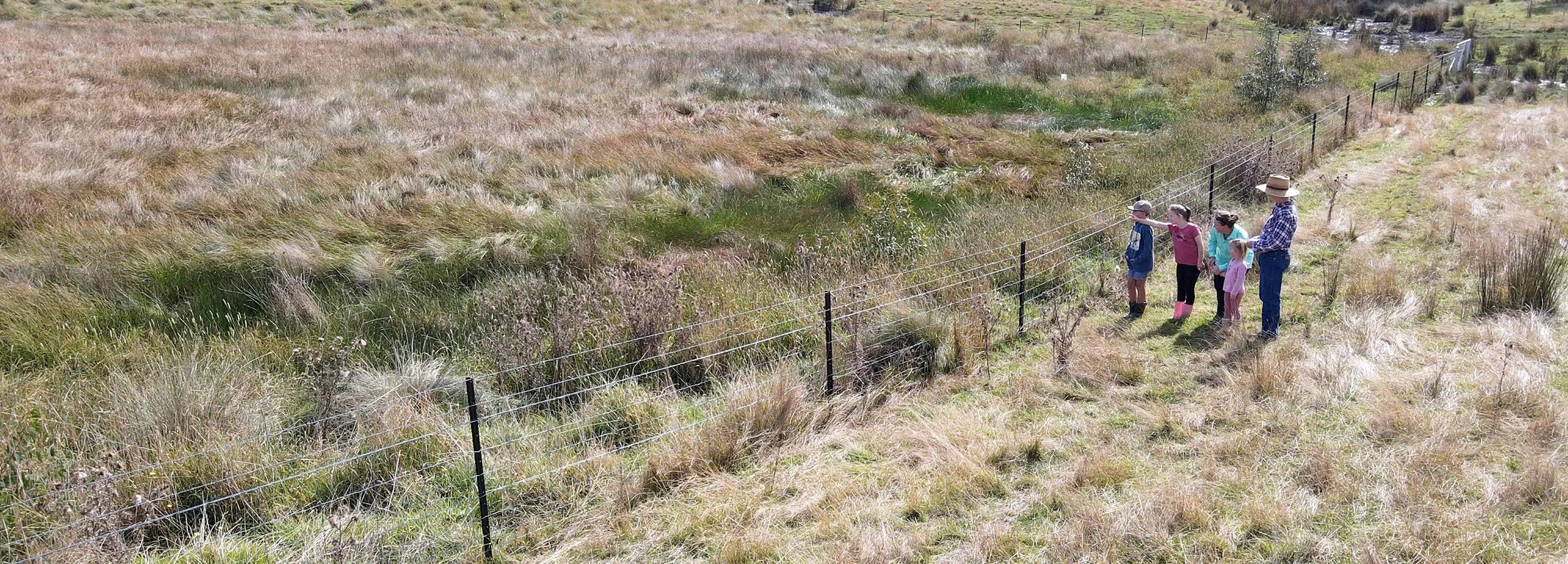
Rivers of Carbon Resources Library
Rivers of Carbon
Browse information-packed resources on managing riparian areas for improved water quality, stock health and sustainable farm management.
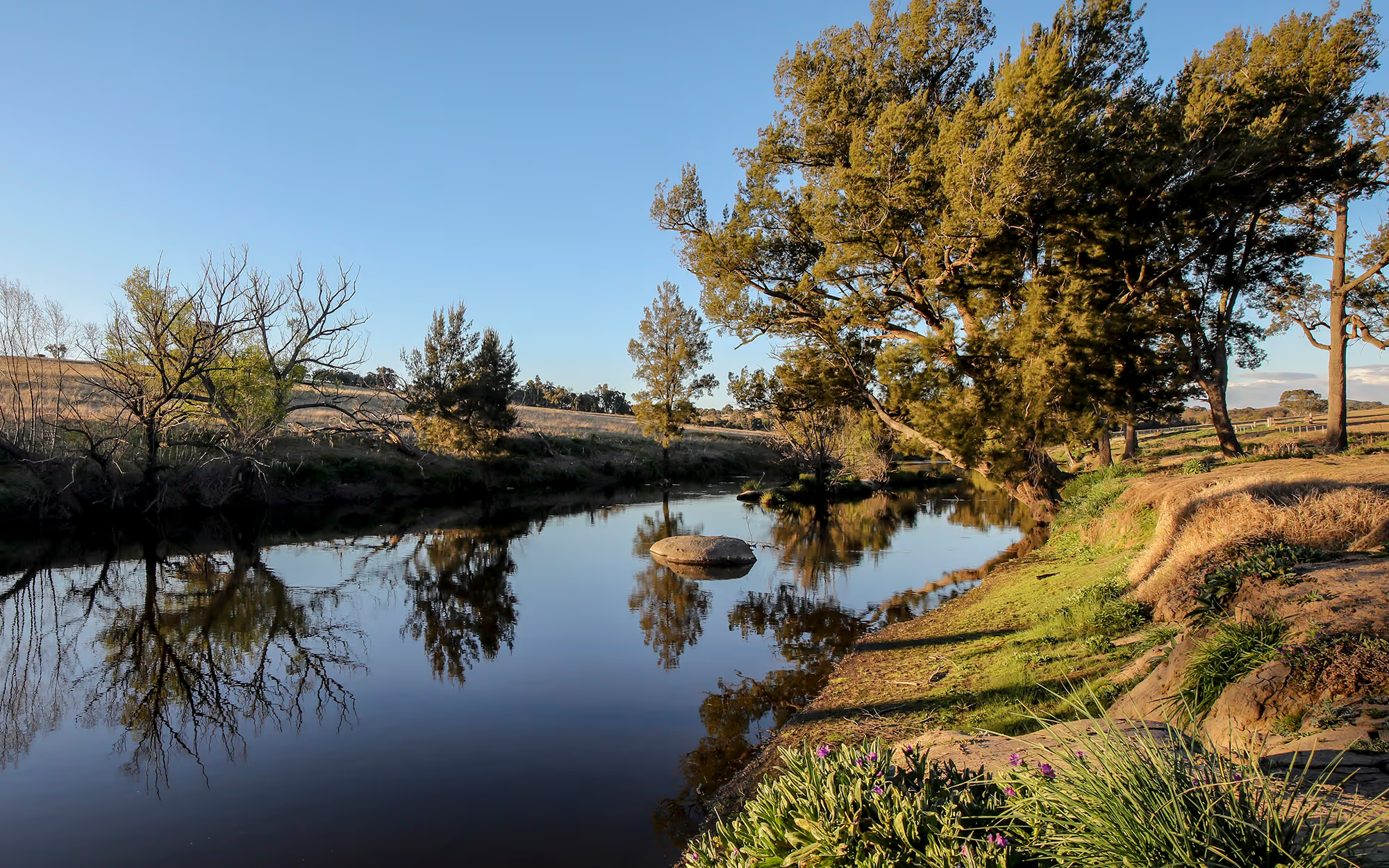
Do I need a Permit? Guidelines for controlled activity approvals
NSW Department of Planning, Housing and Infrastructure
These guidelines provide essential information on how to safeguard the state's water resources and stay compliant when carrying out activities that require a controlled activity approval.
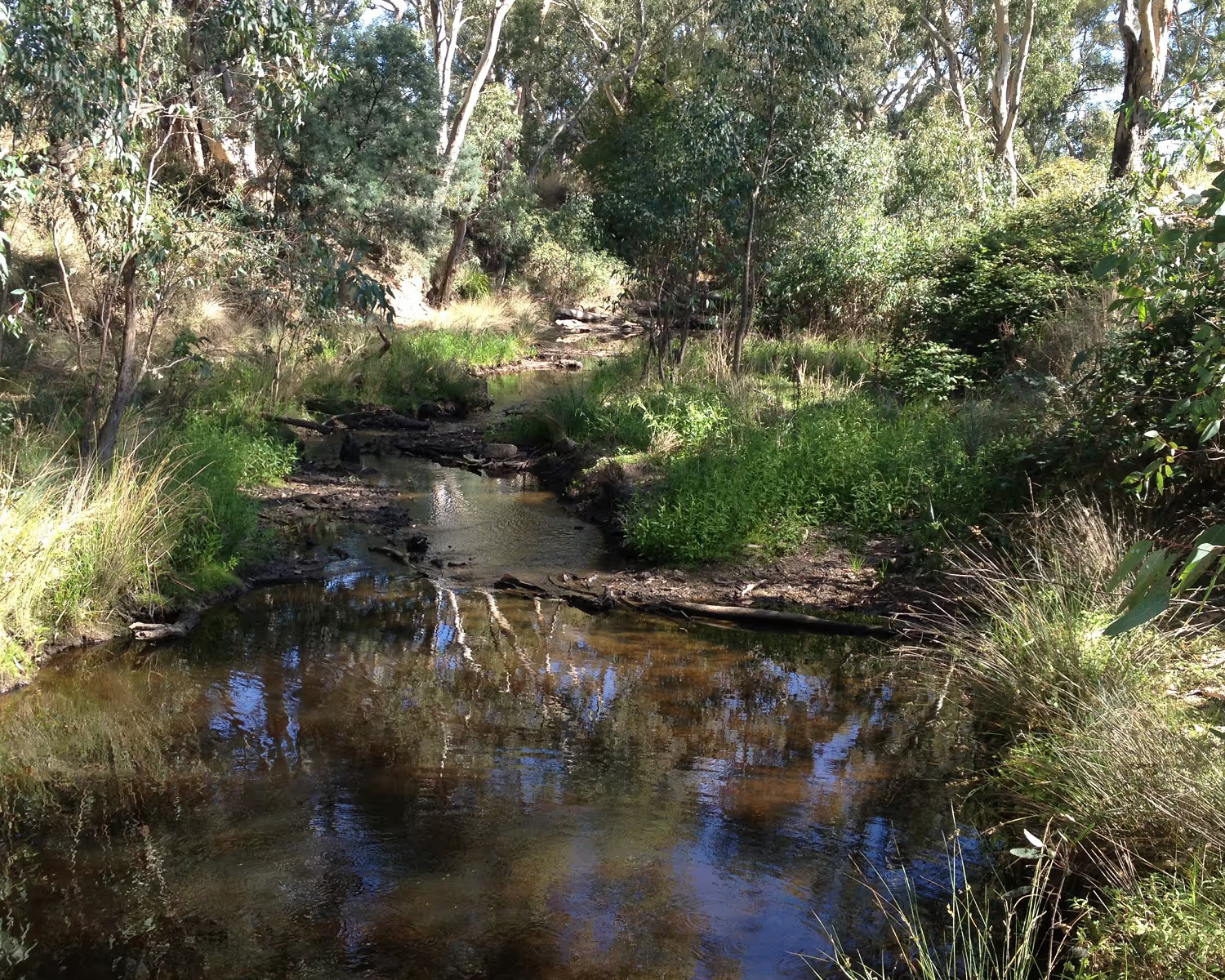
Stock and Waterways — A NSW Manager's Guide
Rivers of Carbon
Riparian land forms an important part of your entire farm. This Guide has been developed in conjunction with farmers and practitioners in different parts of New South Wales to improve the on-farm management of riparian land (the land that runs alongside waterways).
Stay up to date with the Refreshing Rivers Program by subscribing to our newsletter.
The Refreshing Rivers Program is a collaboration between government, industry, research, and community organisations, led by Local Land Services. This Program has been assisted by the New South Wales Government through its Environmental Trust.


The Refreshing Rivers Program works on Country that always was and always will be Aboriginal land. We acknowledge the Traditional Custodians of the land and waters, and we pay respect to Elders past, present and emerging.
Website developed by the Australian River Restoration Centre






